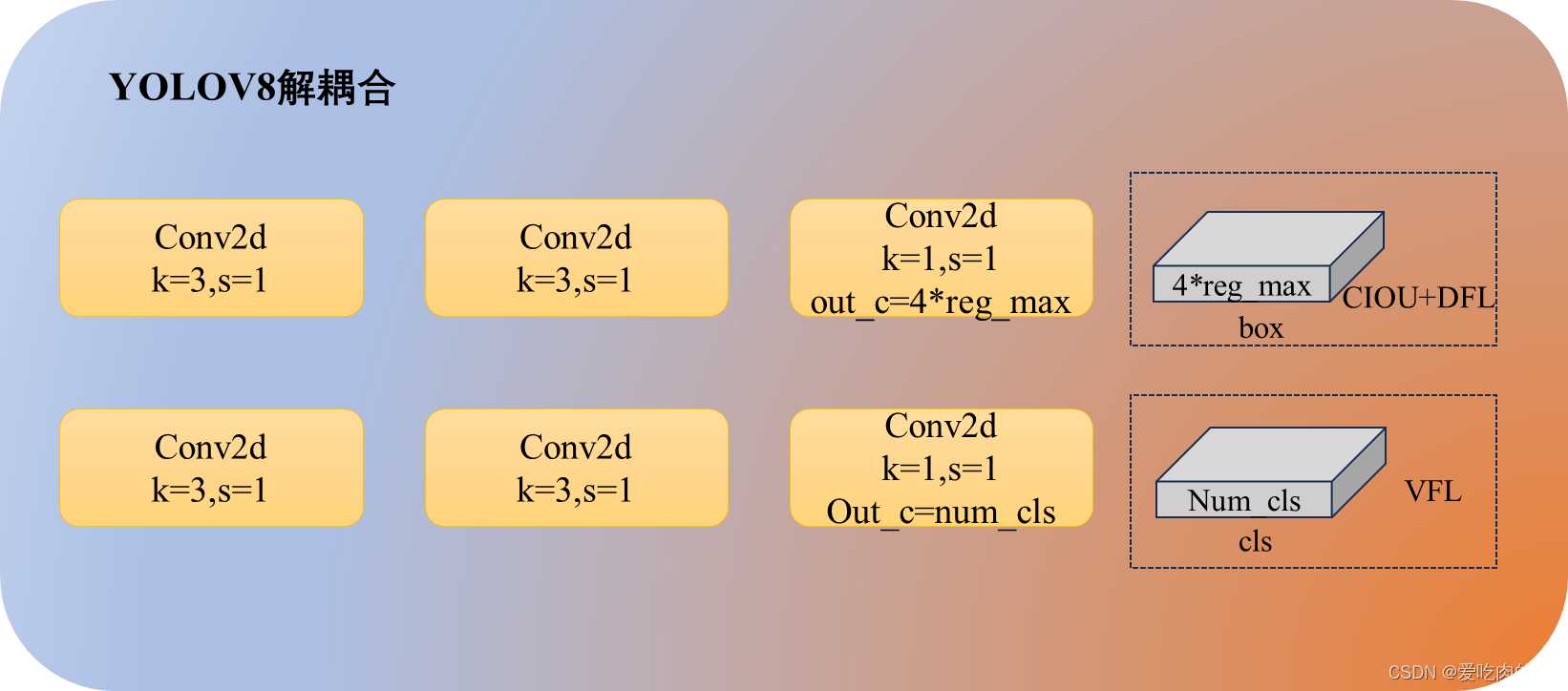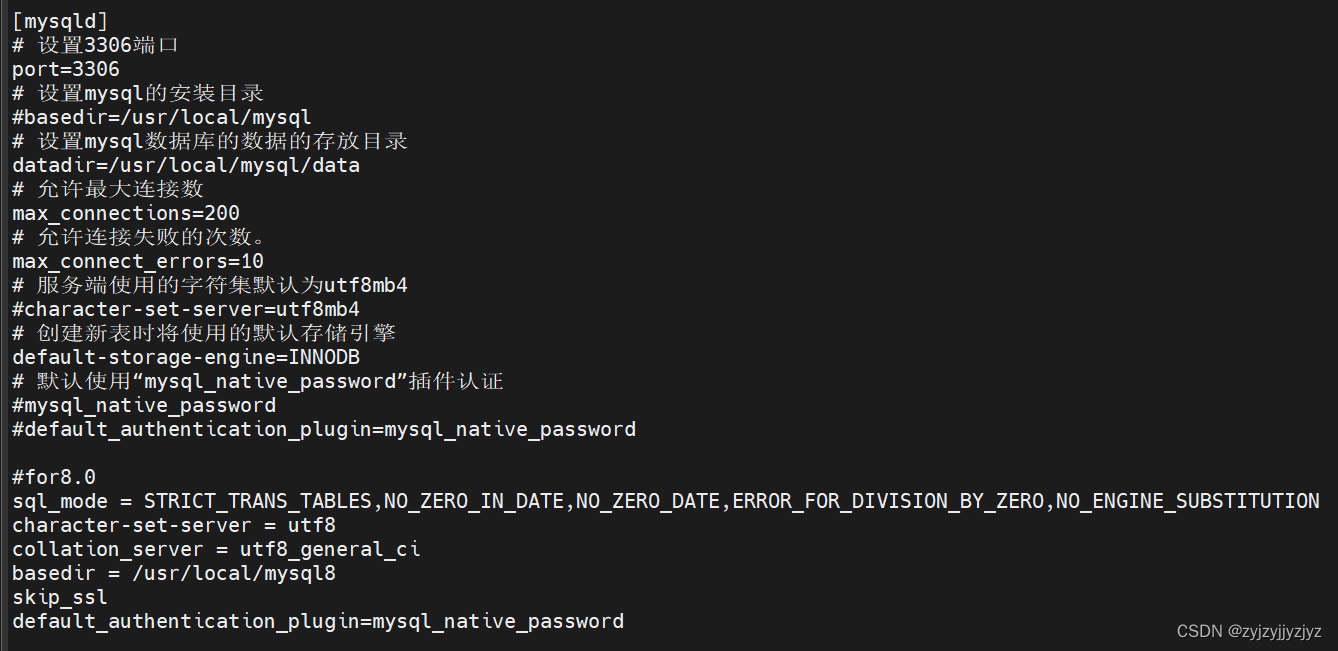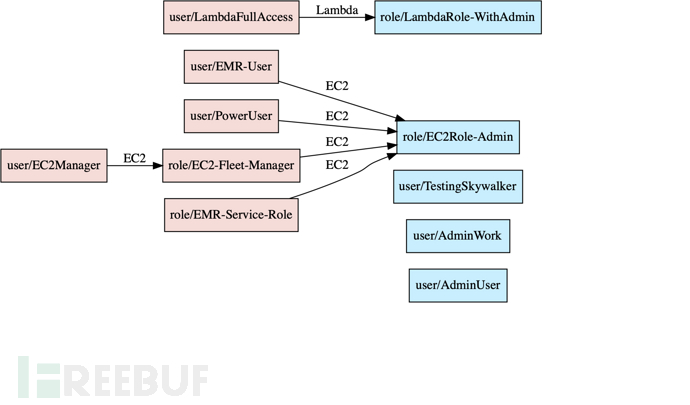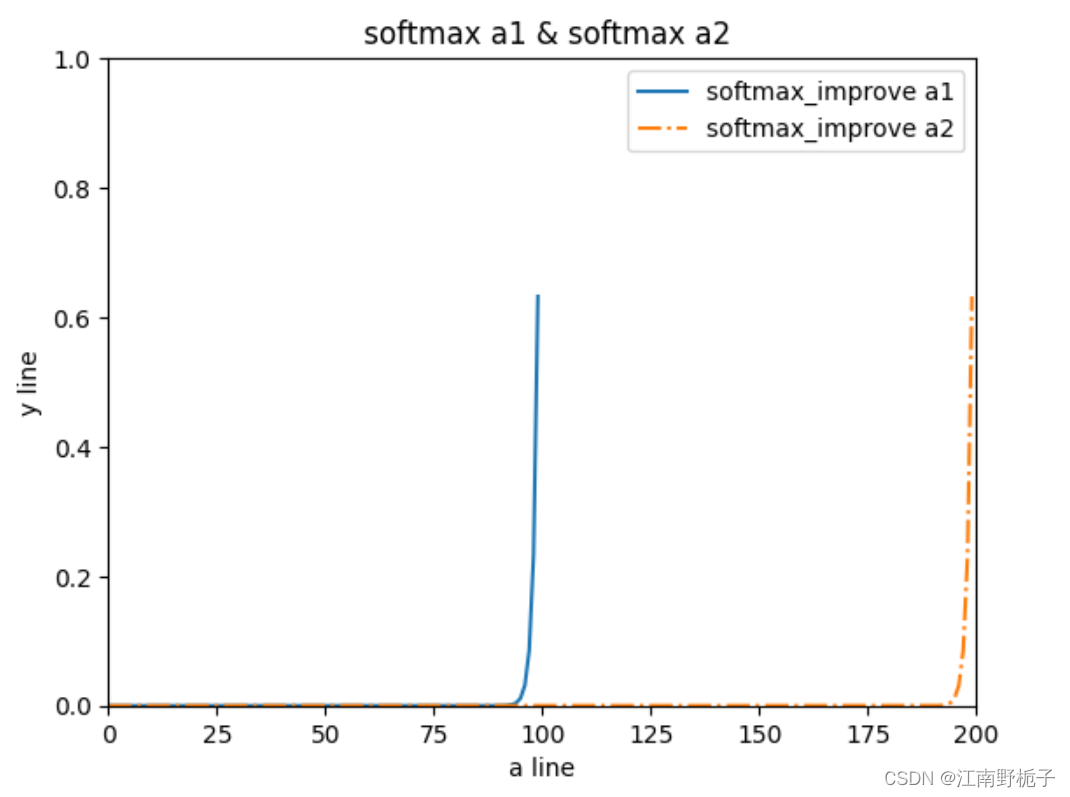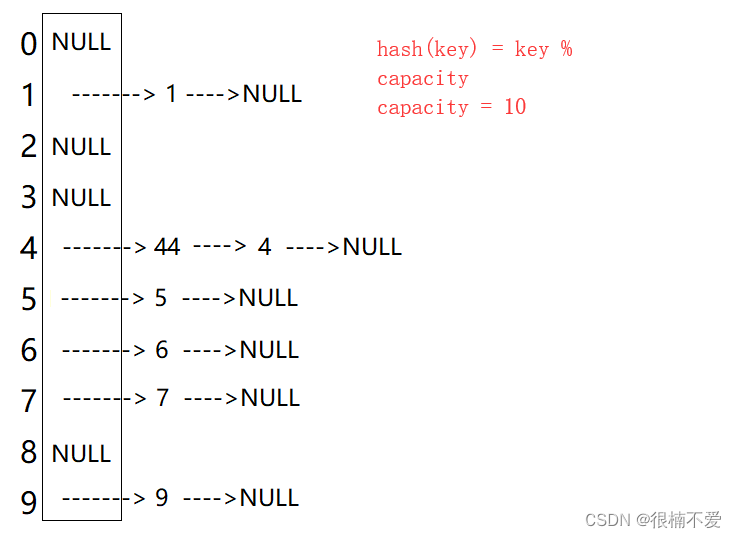一、前言
目前微服务项目中RESTful API已经是前后端对接数据格式的标配模式了,RESTful API是一种基于REST(Representational State Transfer,表述性状态转移)原则的应用程序编程接口(Application Programming Interface),它主要用于Web服务之间的数据交互。RESTful API的设计遵循一些核心原则,这些原则使得API更加简洁、灵活和可扩展。
在构建这些API时,我们往往需要根据不同的客户端、用户角色或业务需求,灵活地控制返回的数据结构和内容。Jackson库的@JsonView注解为我们提供了一种优雅且高效的方式来实现这一目标。
二、问题场景
@JsonView 是 Jackson 库中的一个注解,它允许你定义哪些属性应该被序列化到 JSON 中,基于不同的“视图”或“配置”。这在某些情况下非常有用,特别是当你想要为不同的用户或API端点返回不同级别的详细信息时。
例如,你可能有一个User对象,其中包含多个属性,如id、name、email和password。当你为外部API或网站前端返回用户数据时,你可能不希望包含password字段。但是,在内部API或某些特定的情况下,你可能想要返回包含password的完整用户对象。
这就是@JsonView可以帮助你的地方。你可以定义一个或多个“视图”类,并为你的属性指定应该出现在哪些视图中。
在本文中,通过了解@JsonView,你将能够更好地掌握如何在Spring Boot应用中定制JSON数据的输出,从而提供更加灵活、安全且高效的RESTful API服务。
三、@JsonView主要应用场景
主要应用场景包括:
1.数据脱敏:在某些情况下,你可能不希望将数据库中的某些敏感信息(如密码、密钥等)暴露给客户端。通过使用 @JsonView,你可以定义哪些字段应该被包含在特定的视图中,并在返回数据时仅包含这些字段。
2.自定义数据输出:你可以根据客户端的需求或权限级别,定义不同的视图,并在返回数据时根据当前视图的配置来输出不同的字段组合。
四、代码实战
1. 定义实体类
package com.example.yddemo.JSONView;
import com.fasterxml.jackson.annotation.JsonView;
public class User {
@JsonView(Views.Public.class)
private Long id;
@JsonView(Views.Public.class)
private String name;
@JsonView(Views.Internal.class)
private String email;
@JsonView(Views.Internal.class)
private String password;
public User(Long id, String name, String email, String password) {
this.id = id;
this.name = name;
this.email = email;
this.password = password;
}
public Long getId() {
return id;
}
public void setId(Long id) {
this.id = id;
}
public String getName() {
return name;
}
public void setName(String name) {
this.name = name;
}
public String getEmail() {
return email;
}
public void setEmail(String email) {
this.email = email;
}
public String getPassword() {
return password;
}
public void setPassword(String password) {
this.password = password;
}
@Override
public String toString() {
return "User{" +
"id=" + id +
", name='" + name + '\'' +
", email='" + email + '\'' +
", password='" + password + '\'' +
'}';
}
}
2. 定义视图控制器
public class Views {
public static class Public { }
public static class Internal extends Public { }
}
3. 在代码中使用,添加@JsonView注解
package com.example.yddemo.JSONView;
import com.fasterxml.jackson.annotation.JsonView;
import com.fasterxml.jackson.core.JsonProcessingException;
import com.fasterxml.jackson.databind.ObjectMapper;
import org.springframework.web.bind.annotation.GetMapping;
import org.springframework.web.bind.annotation.RestController;
@RestController
public class TestDemoController {
@GetMapping("/user/Public")
@JsonView(Views.Public.class)
public User userPublic() {
User user = new User(1L, "Tom", "123123@163.com", "123456") ;
return user ;
}
@GetMapping("/user/Internal")
@JsonView(Views.Internal.class)
public User userInternal() {
User user = new User(1L, "Tom", "123123@163.com", "123456") ;
return user;
}
}
输出结果


不想使用在Controller接口上使用@JsonView注解方式,你还可以通过编程的方式控制,通过ObjectMapper类也能方便的控制json输出。
@GetMapping("/user/all/public")
public String userAllPublic() {
ObjectMapper mapper = new ObjectMapper();
User user = new User(1L, "Tom", "123123@163.com", "123456") ;
String publicJson;
try {
publicJson = mapper.writerWithView(Views.Public.class).writeValueAsString(user);
} catch (JsonProcessingException e) {
throw new RuntimeException(e);
}
return publicJson;
}
@GetMapping("/user/all/internal")
public String userAllInternal() {
ObjectMapper mapper = new ObjectMapper();
User user = new User(1L, "Tom", "123123@163.com", "123456") ;
String internalJson;
try {
internalJson = mapper.writerWithView(Views.Internal.class).writeValueAsString(user);
} catch (JsonProcessingException e) {
throw new RuntimeException(e);
}
return internalJson;
}
输出结果


通过@JsonView的代码展示思考一个问题?
如果没有该注解你会通过什么方式实现?针对不同的场景定义不同的DTO?通过@JsonIgnore注解?
定义不同的DTO太麻烦,代码大量冗余。使用@JsonIgnore注解所有的接口都将会忽略该字段,不能精准控制单个API接口。所以整体上看还是使用@JsonView更加的灵活。
四、总结
@JsonView 与 @JsonIgnore 区别
①. @JsonView 用于控制序列化时的字段组合,允许你根据不同的视图返回不同的字段集合。
②. @JsonIgnore 则简单地忽略某个字段,使其在序列化时不会被包含在 JSON 中。
最后@JsonView 提供了一种灵活且强大的方式来控制序列化的 JSON 数据。通过定义视图和将它们应用到属性和控制器方法上,你可以根据需要暴露不同级别的数据,实现 API 的数据定制化。


